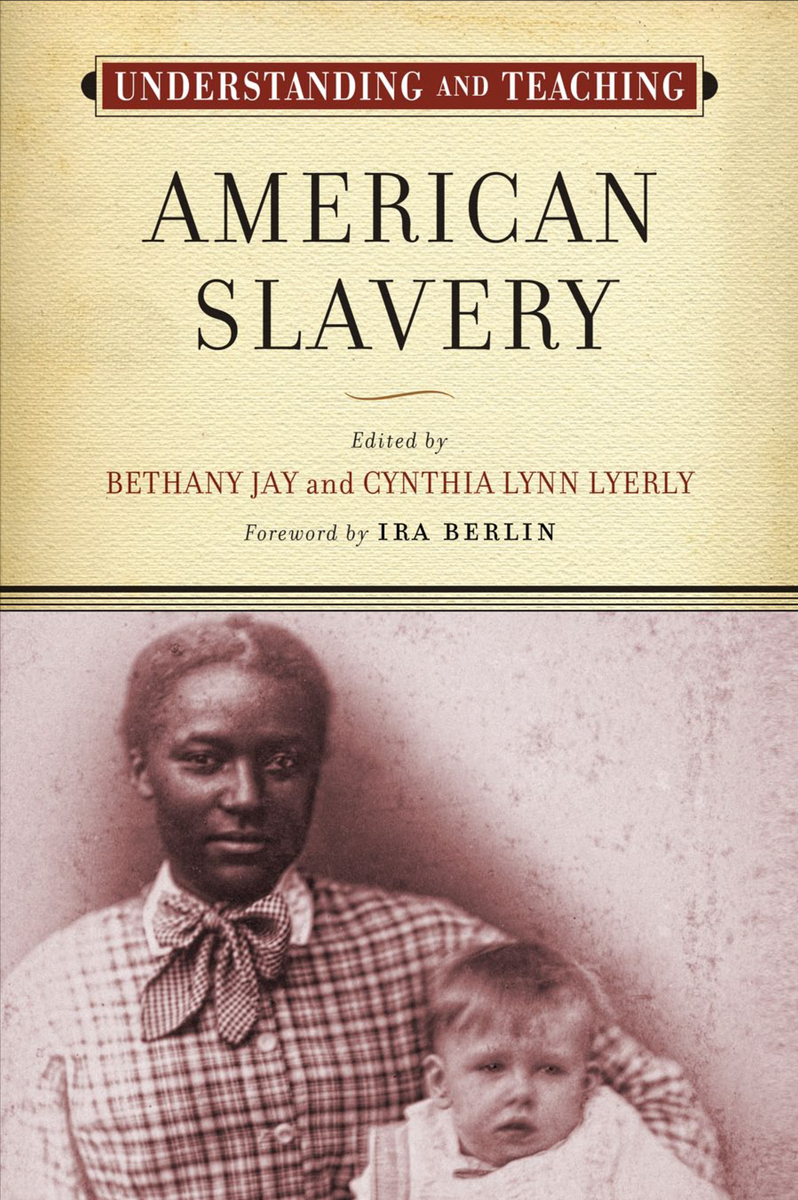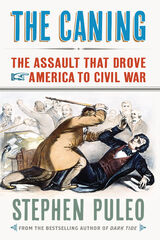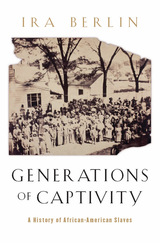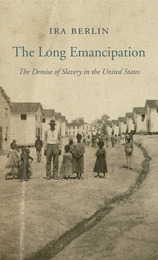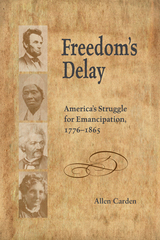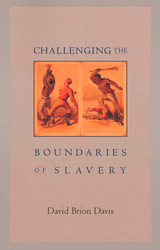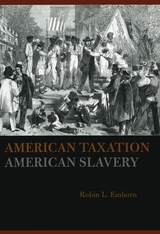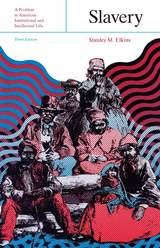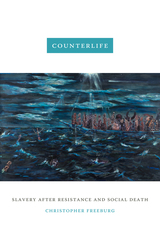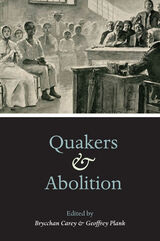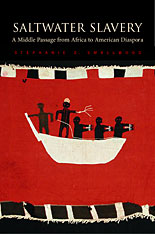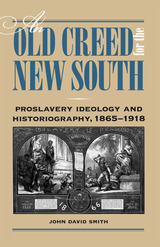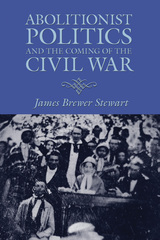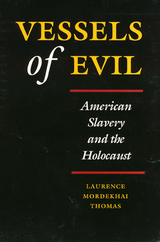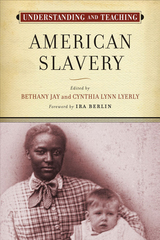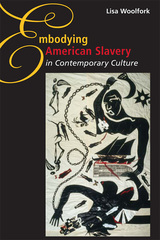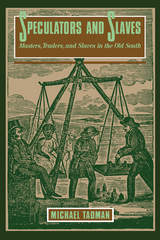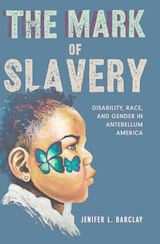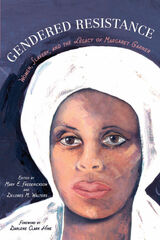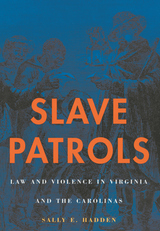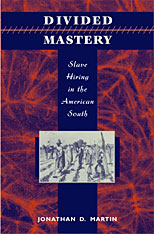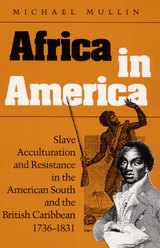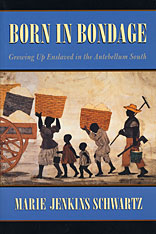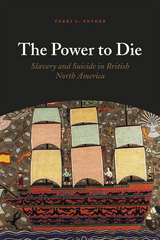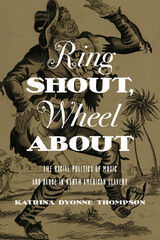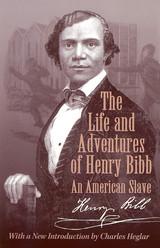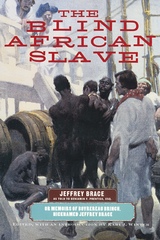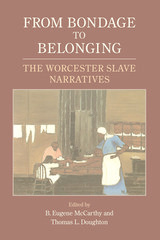Understanding and Teaching American Slavery
University of Wisconsin Press, 2016
Paper: 978-0-299-30664-9 | eISBN: 978-0-299-30663-2
Library of Congress Classification E441.U45 2016
Dewey Decimal Classification 306.362071073
Paper: 978-0-299-30664-9 | eISBN: 978-0-299-30663-2
Library of Congress Classification E441.U45 2016
Dewey Decimal Classification 306.362071073
ABOUT THIS BOOK | AUTHOR BIOGRAPHY | REVIEWS | TOC | REQUEST ACCESSIBLE FILE
ABOUT THIS BOOK
Perhaps no topic in U.S. history is as emotionally fraught as the nation’s centuries-long entanglement with slavery. How can teachers get students to understand the racist underpinnings of that institution—and to acknowledge its legacies in contemporary America? How can they overcome students’ shame, anger, guilt, or denial? How can they incorporate into the classroom important primary sources that may contain obsolete and racist terms, images, and ideas? This book, designed for college and high school teachers, is a critical resource for understanding and teaching this challenging topic in all its complexity.
Opening with Ira Berlin’s reflections on ten elements that are essential to include in any course on this topic, Understanding and Teaching American Slavery offers practical advice for teaching specific content, utilizing sources, and getting students to think critically. Contributors address, among other topics, slavery and the nation’s founders, the diverse experiences of the enslaved, slavery’s role in the Civil War, and the relationship between slavery and the northern economy. Other chapters offer ideas for teaching through slave narratives, runaway ads, spirituals, films, and material culture. Taken together, the essays in the volume help instructors tackle problems, discover opportunities, and guide students in grappling with the ugliest truths of America’s past.
Opening with Ira Berlin’s reflections on ten elements that are essential to include in any course on this topic, Understanding and Teaching American Slavery offers practical advice for teaching specific content, utilizing sources, and getting students to think critically. Contributors address, among other topics, slavery and the nation’s founders, the diverse experiences of the enslaved, slavery’s role in the Civil War, and the relationship between slavery and the northern economy. Other chapters offer ideas for teaching through slave narratives, runaway ads, spirituals, films, and material culture. Taken together, the essays in the volume help instructors tackle problems, discover opportunities, and guide students in grappling with the ugliest truths of America’s past.
See other books on: Berlin, Ira | Slavery | Subjects | Teaching | Understanding
See other titles from University of Wisconsin Press
